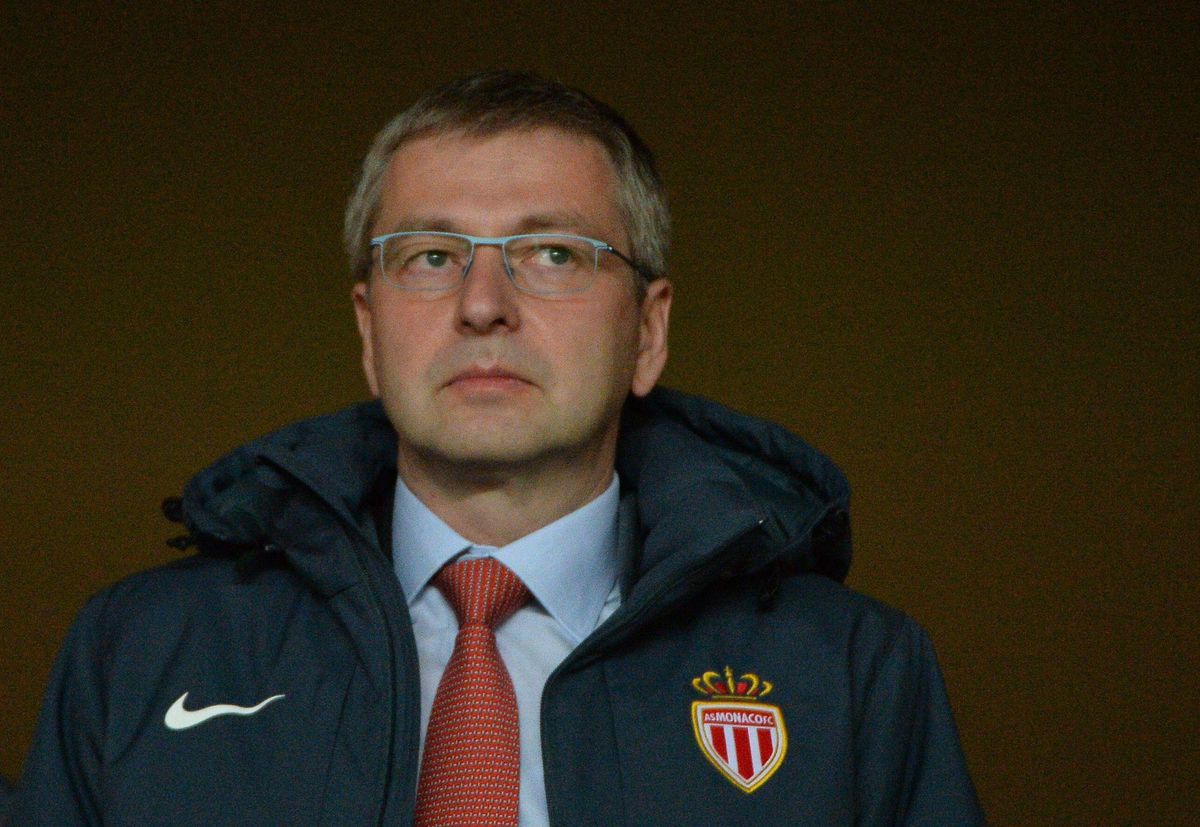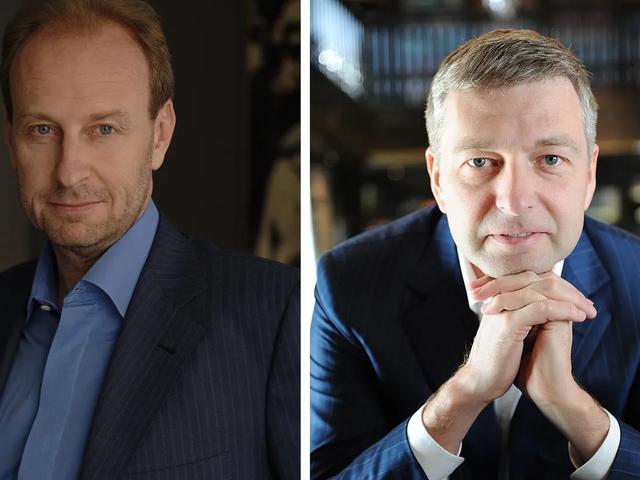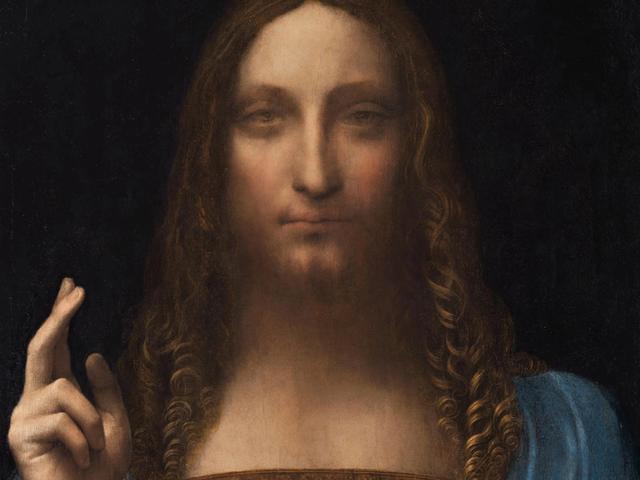Transparency, accountability and double standards were the dominant themes of the often-plodding but nonetheless consequential fifth day of the Manhattan civil trial between Russian billionaire Dmitry Rybolovlev and Sotheby’s today (12 January). Unsurprisingly, the Swiss dealer Yves Bouvier and his conduct remained the crux of the proceedings despite his physical absence and his exclusion from the lawsuit’s list of defendants. But Rybolovlev’s much-anticipated time under cross-examination may have done more to harm his legal counsel’s preferred narrative than to help it.
Rybolovlev, whose testimony began Thursday, returned to the witness stand Friday morning, assisted by a Russian translator. Daniel J. Kornstein, the lead lawyer on Rybolovlev’s team, asked the billionaire to recount his pivotal chance meeting with Sandy Heller, the renowned art adviser, at a hotel in St Barts in December 2014. It was through Heller that Rybolovlev learned that Bouvier had acquired an Amedeo Modigliani canvas for Rybolovlev’s collection for a substantially lower price than the one Bouvier told the Russian would be necessary to pry the work from its then-owners.
The disclosure affected Rybolovlev bodily, in his telling, to the point that his companion that day “thought [he] was having a heart attack”. Rybolovlev added: “I turned completely pale, because I understood this [discrepancy] was about more than one painting.”
After a subsequent meeting with Heller in which the two discussed other acquisitions made through Bouvier, Rybolovlev said, he “understood [his] damages to be”—that is, he had been overcharged—between $500m and $1bn overall. (This trial concerns only a subset of their total dealings.) Rybolovlev said he then contacted Dan Loeb, the hedge fund founder and then-board member of Sotheby’s, to begin trying to understand the auction house’s role in the four transactions on which a verdict now hinges.
Throughout his testimony, Rybolovlev asserted that his trust in Sotheby’s appraisals and documentation were crucial in convincing him to pay Bouvier’s prices. Asked by Kornstein why he ultimately brought a lawsuit against the auction house in 2018, Rybolovlev said: “It’s not only a matter of money. It’s important for the art market to be more transparent, because as I’ve already mentioned, when the largest company in this industry [Sotheby’s] is involved in actions of this sort, clients don’t stand a chance.”
Although it was a strong statement, ending Rybolovlev’s initial questioning on this note may have played directly into the defense’s hands.
Double standards
The cross examination of Rybolovlev, led by the lawyer Marcus Asner, sought to slowly, perhaps even laboriously encircle him in a trap of his own making. The first major movement in this approach involved Asner walking Rybolovlev back through nearly his entire adult life, career milestone by career milestone, starting with his entry into medical school.
After a few earlier checkpoints, Asner’s strategy began to emerge when he asked Rybolovlev whether he had used lawyers and accountants to found his first investment company in Moscow in 1992—and more specifically, whether he had tried to hire lawyers and accountants who were “competent, hardworking and loyal”. Rybolovlev answered yes to both questions.
A few quibbles aside, this same basic exchange was repeated as Asner progressed through Rybolovlev’s co-founding of a bank in 1994; his merger of Uralkali, his Russian fertilizer company, with a Belarusian competitor in 2000; Uralkali’s listing on the London Stock Exchange around 2007; the sale of a controlling interest in Uralkali to outside investors in 2010; and Rybolovlev’s purchase of the AS Monaco football club in 2011.
Eventually, Asner crescendoed this movement by analyzing the power of attorney documents for Accent Delight International Ltd and Xitran Finance Ltd, the Virgin Islands-based companies through which Rybolovlev ultimately acquired 37 works via Bouvier for roughly $2bn from 2003 to 2014.
The two nearly identical documents designated Rybolovlov as the attorney, or ultimate decision-maker, who would use his “experience, expertise and special knowledge” of works of art “for the purposes of appraisals, discussing and negotiating prices, participating in auctions” and more, as well as “taking all and any necessary actions” and “signing all and any necessary documents” for the acquisition of these works.
The long rhetorical road to this point amplified Asner’s implication: Rybolovlev had confirmed again and again that, as his main business activities and personal wealth—and the stakes around both—had increased, he had hired experienced legal and financial professionals to ensure that important regulations were followed and his own decisions were scrutinized by subject experts. When it came to spending roughly $2bn on works of art through Bouvier, however, Rybolovlev swerved by making himself, in Asner’s words later on, “the boss”.
The defense furthered the point by probing Rybolovlev’s level of due diligence around Mikhail Sazonov. Rybolovlev previously testified that he entrusted Sazonov with many of the technical details of building his collection. Among these responsibilities were interfacing with Bouvier and formalising an agreement with Bouvier to act as Rybolovlev’s agent, rather than as a dealer free to set his own prices. (Bouvier has claimed throughout the past decade of legal wrangling with the Russian that he had the latter role.)
But Sazonov never put the agreement to paper, leaving the arrangement between Rybolovlev and Bouvier verbal and thus open to interpretation (perilously so, it turns out).
Making matters worse, Rybolovlev confirmed on the stand that it was not until after his meetings with Heller at the end of 2014—roughly 11 years after his introduction to Bouvier—that he first checked with Sazonov to verify whether he had indeed formalized the relationship with the Swiss dealer, let alone whether he had received documentation showing that Bouvier had ever transferred the payments from Accent Delight and Xitrans to the sellers of the works in question.
Rybolovlev defended this laissez-faire approach, suggesting that he lacked the capacity to verify every business task he delegates, and that he trusted Sazonov to understand “the right way to do it” in this context. He added: “Because paintings were being purchased and everything was in working order, I had no reason to question [matters].”
“Everything was in working order until it wasn’t,” said Asner.
“Yes,” Rybolovlev replied.
The trouble with transparency
Another major thread of the defense’s argument boomeranged back to Rybolovlev’s lamenting of the art industry’s opacity, a trait that he testified makes it “incredibly difficult for buyers like me” with limited experience in the art trade “to understand what’s going on”.
Asner led Rybolovlev through a series of emails between Bouvier, Sazonov, the Sotheby’s executive Samuel Valette and other secondary players in the saga in an attempt to portray the Russian billionaire as a hypocrite over his alleged allegiance to art market transparency. The process was excruciating for observers at times, as the defense’s granular questions about senders and receivers, email attachments and timelines forced one unlucky member of the legal team to continue darting up to the witness stand to help Rybolovlev and his interpreter locate the Russian translations of printed emails organised in a gargantuan binder.
Setting aside these logistical difficulties, the most memorable plank of the effort revolved around Rybolovlev, Sazonov and Bouvier’s negotiations to acquire Salvator Mundi. Rybolovlev acknowledged that he did not stop Bouvier from embarking on an effort to, as the Swiss dealer wrote in an email entered into evidence, “break [the sellers’] morale and deflate the price” for the painting by claiming Rybolovlev had lost interest.
Bouvier told the sellers that, although the Russian billionaire had bowed out, he had a museum client keen to acquire the work. The supposed gambit was that the sellers would expect an institution to have a considerably lower budget, but Rybolovlev asserted this was merely a way for Bouvier to “get his fingers into a deal” that Rybolovlev could otherwise have completed directly through Seth Harrison, a biotech professional known to Rybolovlev who initially approached the billionaire on behalf of the painting’s sellers.
Asner, who pointedly and repeatedly described this phony museum tactic as “a ruse” and, later, “a lie”, reminded Rybolovlev that he testified earlier in the day that he sued Sotheby’s because (in Asner’s paraphrasing) he wanted to “shine a bright light on the art market” and its lack of transparency.
“Were you being transparent here? Is it OK for you not to be transparent?” he asked.
Rybolovlev said that it was “normal for [him]” if a seller was unaware of his actual identity. He held the line on this point as Asner showed the jury the catalogue for the 2017 auction at Christie’s in New York where Rybolovlev’s Salvator Mundi , now extensively restored and attributed to Leonardo da Vinci, was listed as being offered from simply a “private European collection”. And he returned to the importance of transparency again as the defense wound down its cross-examination.
Asked by Asner if he thought Sazonov had done “a good job” in his role for Rybolovlev, the billionaire said: “All of us could make mistakes. But if the system was in working order and as transparent as it is in other businesses,” his dispute with Bouvier would never have arisen.
As for Sazonov’s performance, Rybolovlev—fittingly, for all the talk of the Salvator Mundi—seemed to have a come-to-Jesus moment: “Let’s put it this way: there was room for improvement.”
The trial continues next week.




